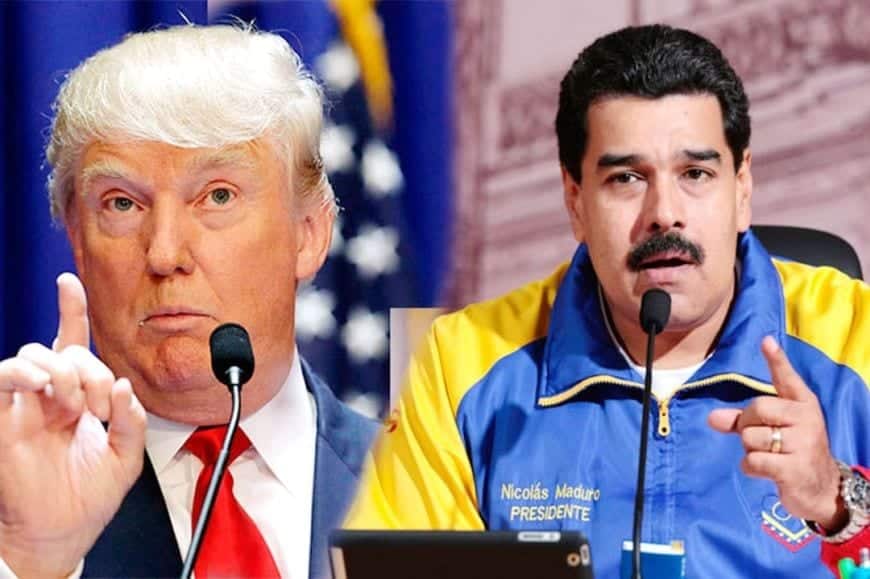In April 1939, American unemployment reached 20.7 percent. For Henry Morgenthau Jr., Franklin D. Roosevelt’s Secretary of the Treasury, this was bad news. In a private meeting he confessed to two senior congressmen: “We are spending more than we have ever spent before and it does not work… After eight years of this administration, we have just as much unemployment as when we started. And an enormous debt to boot.”
Today, Americans know how the Great Depression ended. It ended with the onset of war in Europe. FDR truly believed that, if Britain and France went to war with Germany, the quagmire would make the British and French Governments heavily dependent on access to U.S. credit markets and resources, thereby ending America’s economic Depression. FDR welcomed the stimulus that war provided.
In 1939, Joseph Stalin hoped war in the West would be a quagmire fatally weakening Germany and its opponents. Stalin believed this development would open the door to a massive Soviet invasion from the East that would supplant Nazism with Communism. Thus, Stalin eagerly supplied the German war machine with the oil, iron, aluminum, grain, rubber, and other mineral resources Berlin needed to launch its war against Britain, France, and the Low Countries.
Ultimately, both FDR and Stalin miscalculated just how costly and risky the new conflict in Europe would be. War broke out in 1939, and in 1940 German military power rapidly defeated Western allies, though Britain fought on. The next year Germany invaded the Soviet Union.
Today, the Trump administration faces some conditions that FDR would recognize. Scott Bessent, President Donald Trump’s Treasury Secretary, confronts a national sovereign debt of approximately $38 trillion. Liquidity strains also persist in parts of the financial system, and the dollar’s long-term reserve status is under significant pressure and scrutiny.
Among the ideas under discussion by Bessent is a more enthusiastic official embrace of stablecoins—cryptocurrencies deliberately engineered to remain boringly pegged one-for-one to the dollar by holding equivalent reserves of cash or high-quality cash-equivalents in regulated accounts. In plain language: digital dollars that promise never to fluctuate like Bitcoin but can circle the globe in seconds without ever touching a traditional bank.
Bessent publicly argues that well-regulated stablecoins will also extend the dollar’s dominance into the blockchain era. Trump appears sympathetic; there is, after all, not enough gold on the planet to return to a metallic standard, and simply printing more fiat currency will further debase the dollar. Wall Street, ever helpful, is delighted to assist in kicking the can a little further—ideally down a blockchain-paved road.
Meanwhile, the Trump White House is charting a new course to war, this time in the direction of Venezuela. Has the administration concluded that the rapid conquest of Venezuela could induce the kind of economic stimulus that rescued FDR’s failed policies and restore economic prosperity inside the United States?
Fair use excerpt. Read the whole article here.

